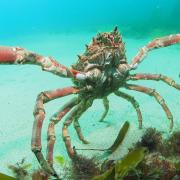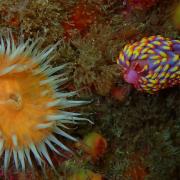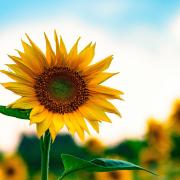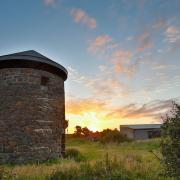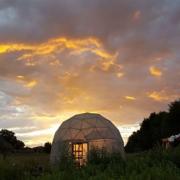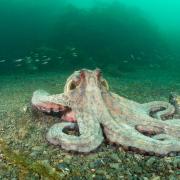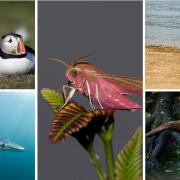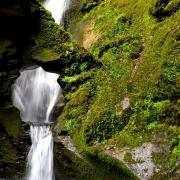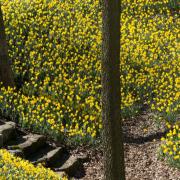Britain's second ever sighting of a arctic bowhead whale took place in Cornish waters.
The unidentified animal (as seen in the lead image taken by Marine Discovery) was seen close to shore at Marazion, near Penzance, in Cornwall, by regular marine mammal observer and medic, Dave Jarvis of BDMLR. Local boat operators, Marine Discovery Penzance, were on hand to go to sea and check out the report, and after initial thoughts that it might be a humpback whale, on-board whale researcher Marijke De Boer suspected that the animal was in fact a bowhead whale, making only its second appearance in UK waters in modern times.
Featuring a distinctive jaw-line and head shape, and lacking a dorsal fin, the bowhead whale looks rather different to the other 29 species of cetacean, which occur in UK waters. Nevertheless, it can be difficult to ascertain this with glimpsing views and distant photography.
With excellent images having been widely circulated, Sea Watch Foundation were able to add to the confirmation that this Mount’s Bay animal was indeed a bowhead whale and a very significant sighting indeed! The first sighting of this species was just last year when a mystery whale was sighted off the Isles of Scilly. Back in February 2015, Sea Watch Foundation led a world-wide discussion into the identification of this particular visitor and were able to confirm with arctic whale experts that the first bowhead whale for the UK and in fact, elsewhere in Europe (south of the Barents Sea) had been recorded in Cornwall.
This time around, the photographic evidence is much clearer and such international collaboration was not needed to confirm the species. One clear diagnostic tool was this short video taken by Marine Discovery, which shows the double blow associated with the bowhead whale.
This new sighting may well be the same individual as was seen off St Martin’s on the Isles of Scilly last year. It is impossible to confirm, given the quality of the initial images. With close views, bowhead whales can be individually identified by looking at natural marks and callouses which build up over time.
Bowheads normally live in the high arctic. Heavily exploited by whalers in the Arctic Ocean, in Baffin Bay off Greenland, and the Barents Sea north of Norway, the population seriously declined during the early twentieth century from numbers historically estimated to be around 30,000-50,000, reaching a low in the 1920s of c. 3,000. With the cessation of commercialwhaling in the latter half of the last century, numbers globally have increased to somewhere between 15,000 and 20,000, mainly in the Beaufort Sea and Arctic Ocean.










